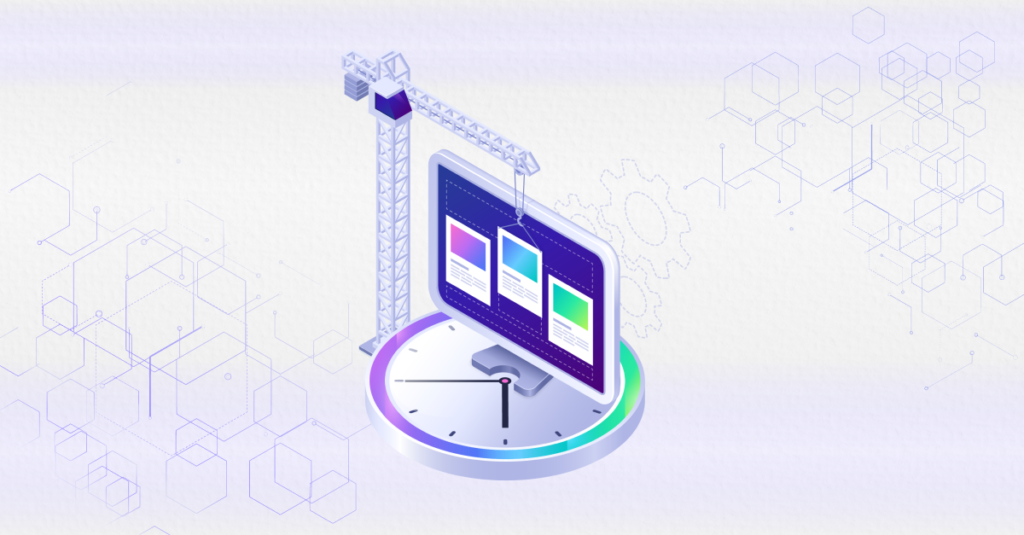If there’s one thing systems tend to do, it’s becoming outdated in record time. That’s because technology is something that undergoes constant change at all times, becoming obsolete faster and faster, and that’s a fact. However, it is possible to minimize the consequences of these obsolete systems.
Why is it important to update systems?
Maintaining operating systems is considered an essential task to ensure information security within a company. In this sense, we are not only talking about antivirus updates and other systems of an indispensable nature within a system, but also about updating precautions and improvements to system processes.
These updates are necessary because new flaws and security holes in the systems can be discovered daily. Therefore, updates and minimizing the impacts of not updating are important. If nothing is done, it is possible that your system can suffer from data corruption and sharing changes, “bugs” in the most used tools and system crashes.
Creating an update routine contributes to the security and modernity of your system. Of course, there are cases where performing this update tracking can be a difficult task. However, there are ways to minimize the consequences of obsolete systems.
Learn how to minimize the consequences of obsolete systems
As we know, the world around us is constantly changing, especially related to systems and technology. So it is important that each and every system is changed to keep up with the pace if not faster, and that is a fact. Check out some tips and solutions below to minimize the consequences of obsolete systems.
Integrate and modernize these obsolete systems
A system of an outdated nature is a major concern for operators of this very type of system. Finding a solution that is able to integrate and make new resources available is considered a positive strategy to minimize the impacts of the obsolete system.
An effective way to initiate this type of integration is the use of solutions that guarantee the flexibility of integrating new software of any version. By carrying out this test, it is possible to observe the functionalities that will be gradually inserted into this new system.
There are other ways however, such as rewriting the applications. In this scenario, the process is more complete in nature, however, when well executed, it ensures that outdated systems do not lose their functionality and structure.
Investment in robotization
In this situation, the robotization of the entire process is one of the strongest resources and is widely used to minimize the impacts of obsolete systems.
In addition, the benefits of using RPA (Robotic Process Automation) are numerous and start from the customization process to the implementation of the systems. Among the advantages, its’ system guarantees:
- Greater integration of any code into the system that is obsolete;
- Total reduction of costs related to labor;
- Greater agility in performing exhaustive tasks;
- More and better data security;
- Delivery of even more precise reports;
- Implementation of more strategic actions;
The use of robots to minimize the impact of obsolete systems ensures that they are responsible for all types of manual activities that require an employee to perform.
More automated testing
Another important and effective way to minimize the consequences of obsolete systems is by performing tests of a more automated nature. With this type of test, it is possible to carry out the identification of errors related to applications and, at the same time, to evaluate the performance of users’ integration into the system.
In doing so, when performing a test in an automated way in this obsolete system, the risks of compromising the operations will be of a minimal nature, because all possible problems can be easily identified, analyzed and resolved.
Is investing in training to minimize the consequences of obsolete systems a good idea?
In each and every system there is a universe of possibilities that guarantee the improvement of these systems, even if over time they become more and more obsolete. With that in mind, the answer is yes.
Investing in training to minimize the consequences of obsolete systems is a good idea. This is because training is considered essential to avoid the technological delay of the systems.
By developing an action plan aimed at creating training and capacity building for the use of new systems, a company guarantees to open up a range of technological possibilities. Therefore, obsolete systems are no longer considered problematic and become solutions for the company’s evolution.
Through training, it is also possible to identify the technological needs of each system, allowing our tools to be aggregated, minimizing the consequences of obsolete systems without the need to integrate radical measures within the system.
Investing in new tools, training and more advanced operating systems are techniques that facilitate this minimization of the consequences of obsolete systems, without the need to use other systems.




